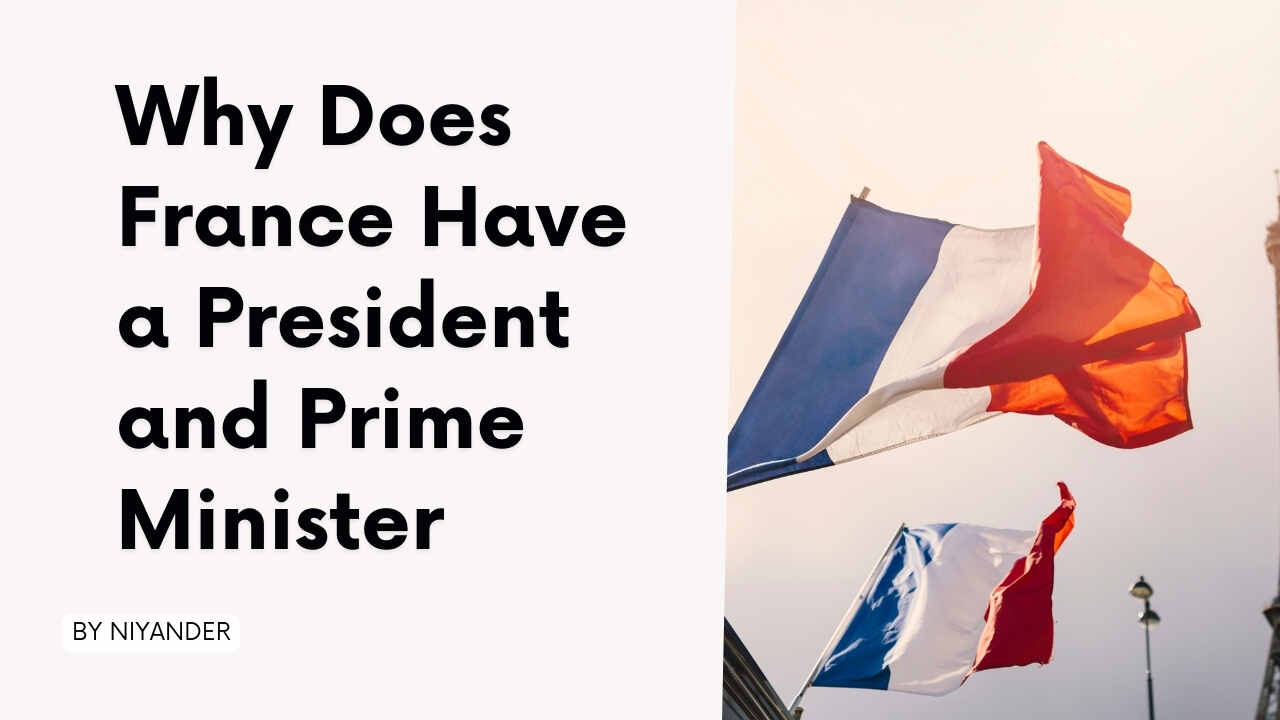Why Does France Have a President and Prime Minister
Why Does France Have a President and Prime Minister
France’s unique political system, often referred to as a semi-presidential system, features both a president and a prime minister, sharing executive power. This might seem confusing to those accustomed to systems with a single head of government, but France’s dual leadership structure has historical and practical roots.
Why Does France Have a President and Prime Minister
A Legacy of Revolution and Republic:
France’s current political landscape is shaped by its revolutionary past. The French Revolution of 1789 toppled the monarchy and established the First Republic, with a single executive figure known as the “Consul.” However, memories of the abuses of absolute power lingered, leading to the creation of a more balanced system under the Fifth Republic in 1958.
The Roles of the Two Leaders:
President:
- Elected directly by the people every five years, the president serves as the head of state, symbolizing national unity.
- Holds significant power in foreign policy and defense, commanding the armed forces and appointing ambassadors.
- Can dissolve parliament and call for new elections.
- As of January 10th, 2024, Emmanuel Macron is the sitting President of France.
Prime Minister:
- Appointed by the president but must be approved by the National Assembly, reflecting the majority party or coalition.
- Leads the Council of Ministers and oversees the government’s domestic policy and administration.
- Responsible for implementing laws and managing the day-to-day affairs of the state.
- As of January 10th, 2024, Gabriel Attal is the sitting Prime Minister of France.
Ideally, the president and prime minister work in tandem, with the president setting the broad direction and the prime minister handling the details. However, the system allows for periods of “cohabitation” when the president and the majority party in parliament are from different political camps.
Cohabitation Scenarios:
President dominates: If the president’s party also controls parliament, they have a strong mandate and can largely dictate the government’s agenda.
Prime Minister takes the lead: When the president and parliament belong to different parties, the prime minister becomes the dominant figure in domestic policy, while the president focuses on foreign affairs.
Benefits and Challenges:
The French system offers several advantages:
Strong and stable leadership: The directly elected president provides a clear figurehead and can act decisively in times of crisis.
Accountability to the people: Both the president and the prime minister are accountable to the electorate, ensuring democratic checks and balances.
Flexibility: The cohabitation mechanism allows for adjustments based on the political landscape, potentially leading to more nuanced policies.
However, the system also presents challenges:
- Potential for gridlock: During cohabitation, disagreements between the president and prime minister can lead to paralysis and hinder decision-making.
- Overly powerful presidency: Some argue that the president’s extensive powers, particularly in foreign policy, can undermine the role of the prime minister and parliament.
- Complex to understand: The dual leadership structure can be confusing for outsiders and may appear less efficient than simpler systems.
France’s unique political system reflects its historical experiences and aspirations for a balanced and accountable government. While the dual leadership of president and prime minister can present challenges, it also offers potential for flexibility and effective governance.

